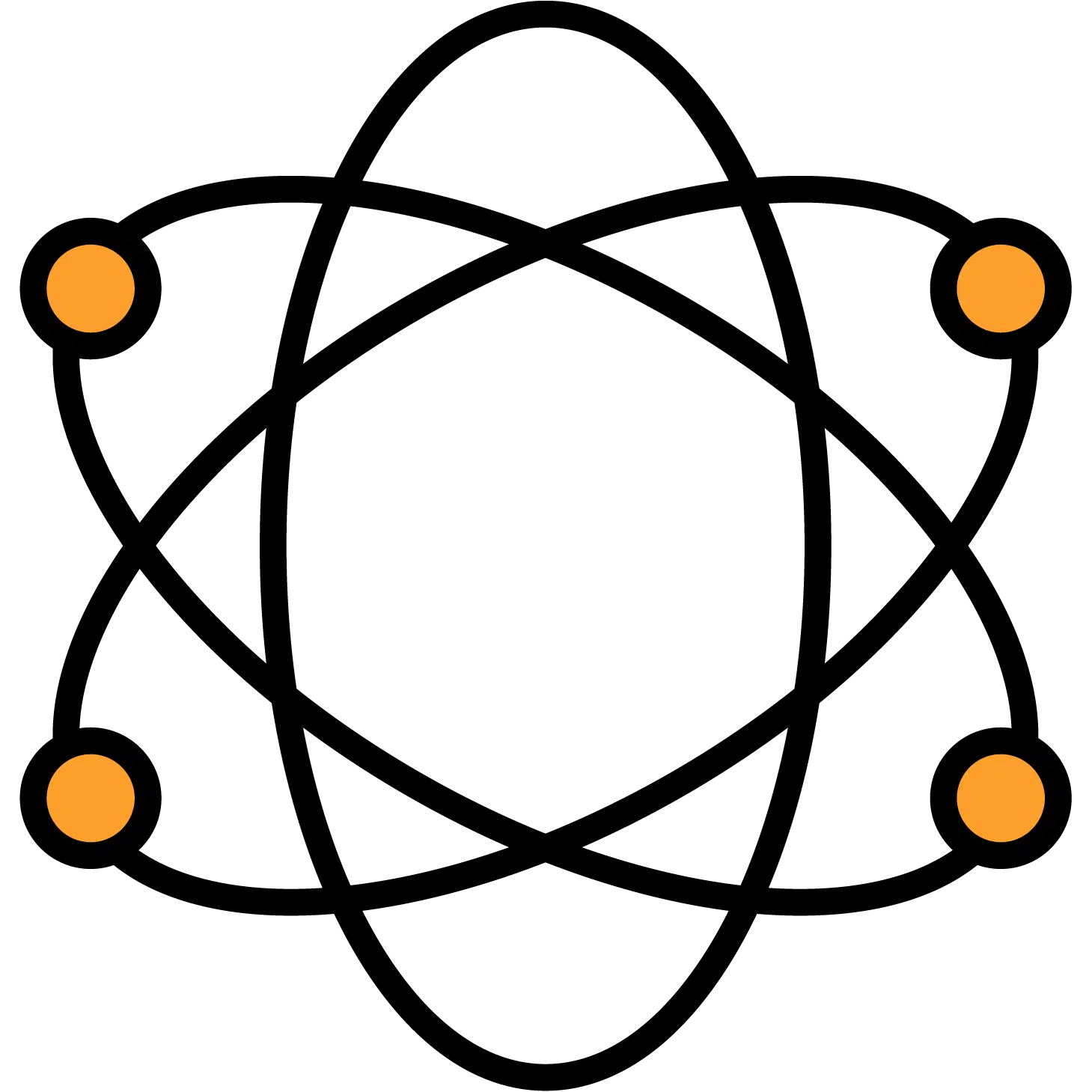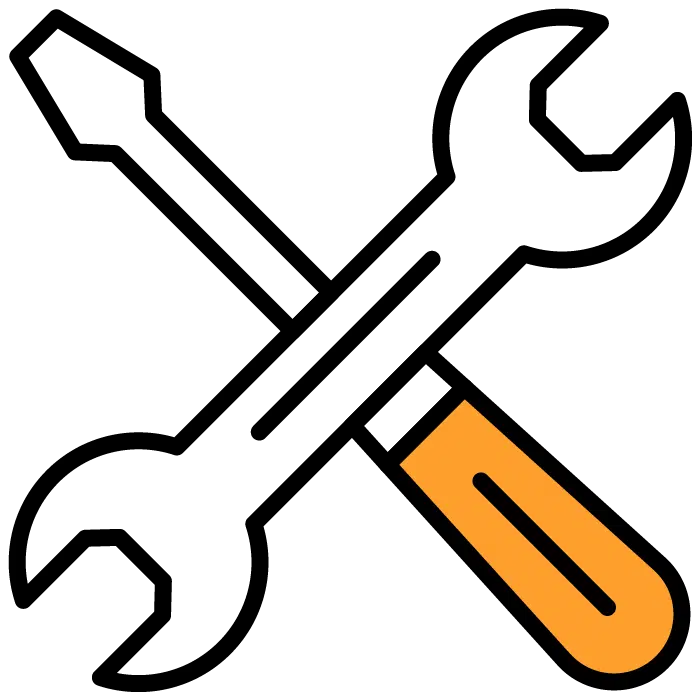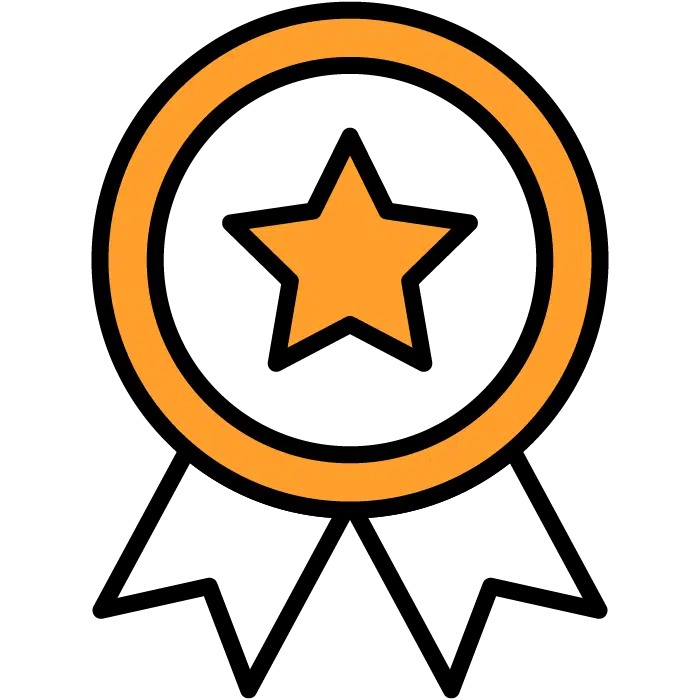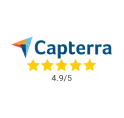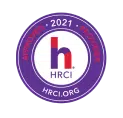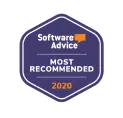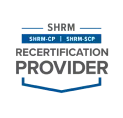Whether you’re getting job ads out there, handling job applications, scheduling interviews, or dealing with all the paperwork of onboarding, hiring can take far more of your time than it should. You might even find you’re missing out on top talent because the length of your process frustrates high-quality candidates.
That’s where an Applicant Tracking System (ATS) comes in.
A good ATS will keep everything together and on track — even if lots of different people are involved.
Candidates apply straight into the ATS, and it screens their resumes and cover letters, schedules interviews, automatically emails them, checks their references, and even handles onboarding and training paperwork securely.
In this article, we’ll take you through everything you need to know to choose the right applicant tracking system software. We’ll cover key features to look for and dig into some of the limitations of ATS’. We’ll also address some concerns you might have, and you’ll see how to choose an ATS that can scale with your business.
Fill Jobs In a Fraction of the Time — Starting Now
Meet with our hiring coaches today to see how AI can slash 90% of the time from your hiring process. Start filling jobs faster right away, with 10x higher quality people.
What Is an Applicant Tracking System?
An Applicant Tracking System, or ATS, is software that recruiters and employers use to handle every aspect of the hiring process. The ATS can post job ads, receive applications, rank resumes against the hiring criteria, schedule interviews, send emails, handle onboarding documentation, and more.
Within the Applicant Tracking System, each applicant has an individual profile. The ATS can then move the applicant between different stages of the hiring process, automatically sending out emails such as interview reminders when the candidate is moved forward.
With robust access permissions, it’s easy for different employees to use the ATS, leaving notes on candidates’ profiles to keep everyone on the same page.
Yesterday’s ATS
- Screen resumes and applications.
- Track candidates.
Today’s ATS
- Screen resumes and applications.
- Track candidates.
- Write and manage candidate communication.
- Conduct one-way video interviews.
- Check references.
- Schedule interviews.
- Administer skills tests.
- Write job ads.
- Place job ads.
- Manage onboarding.
- Store data in a cloud-based system.
- Send text messages.
- Conduct behavior based assessments.
- Provide interview guides.
- Create and manage career pages.
- Automate workflows.
- Use candidate scorecards.
- Create custom tests.
- Fully customizable.
How Do Applicant Tracking Systems Work?
Applicant Tracking Systems work by automatically ranking candidates based on their resumes and submitted information. At the heart of the ATS is the candidate database. This securely stores candidate details so the ATS can present information to hiring managers and recruiters in user-friendly way.
Good ATS systems will streamline the whole hiring process. For example, the Discovered ATS system works by:
-
Tapping into a wide range of job boards (and helping you build career pages optimized for Google search).
-
Having a customizable dashboard that you can configure for your company size, industry, and other details.
-
Offering industry-leading pre-employment testing, so you can move forward with qualified candidates who you know will be a good fit.
-
Speeding up the referencing process with a bank of reference questions and automated reference requests.
-
Including candidate scorecards that hiring managers or even executive leadership can use to select the exact qualities and questions that predict success.
ATS Cost
Applicant Tracking Systems can be priced per job listing, per recruiter, per employee, or as a flat one-time fee. The more features the ATS has, the more expensive it’ll often be. But — a more full-featured system can save you a lot of money vs. the cost of buying multiple pieces of software to handle its added functions.
The most common pricing model is PPR (Pay Per Recruiter):
As a rough guide, you can expect to pay $60+ per user, per month.
If you’re instead paying per employee:
you’re likely to pay from $4–$7 per employee per month.
For instance, Discovered charges $249/month (paid annually) for 50 employees:
which works out to $4.98 per employee.
Paying for an ATS by the employee can cost as little as $2 per employee per month. See our article: Applicant Tracking System Cost
Key ATS Features
When you’re choosing an ATS, it’s crucial to make sure it has all the features you need. Some key ones to look for are:
Pushing jobs out to job boards — instantly.
Some ATS’ will only handle a small number of job boards. Others will let you connect to any board you want. (You may need to pay for job board subscriptions separately.)
-
98.8% of Fortune 500 companies use an ATS - Forbes
Setting up a Google-friendly Careers page.
You want to attract top talent, so you need your ATS to make it quick and easy to build a great-looking careers page that’s optimized for Google and other search engines.
Taking applications from candidates.
Your ATS should receive applications based on parameters you’ve set up, from the job boards or sources that make sense for your company.
Tip: Try filling in an application yourself on your Applicant Tracking System to make sure everything works as you intended.
Creating a detailed profile for each candidate.
This doesn’t just mean saving the candidate’s resume. The candidate’s profile should collect and consolidate ongoing information like the recruiter and hiring manager’s notes, interview results, a record of all communication, and the results of pre-employment tests.
Moving candidates through different stages of the hiring process.
You might want to check out candidates with the status “Contacted to Schedule Interview” or see who you have listed for “1st Interview Scheduled.” A full-featured ATS will let you do just that.
Allowing for multiple users and user collaboration.
You’ll likely have different recruiters, hiring managers, HR team members, and others all accessing the ATS. A good ATS will have robust access controls and the ability for users to collaborate (e.g. by leaving notes attached to candidates’ profiles). The ATS should timestamp activity so you can easily keep track of what’s happened and when.
Sending automatic messages.
One of the biggest time-savers of an ATS is that it can automatically communicate with candidates by generating and sending the right emails and texts, based on the hiring stage of each candidate. Instead of leaving people hanging, you can always keep them up to date — without spending hours of your time. Ideally, your ATS should integrate with your Google or Microsoft account, letting you email and schedule appointments using the tools you prefer.
Scheduling interviews.
The best Applicant Tracking Systems can automate the interview scheduling process, saving you significant time chasing hiring managers and candidates. Your ATS can book interviews and send reminders to everyone involved.
Integrating with other tools.
Ideally, you want an ATS that incorporates other tools and that you can link to other software. For instance, Discovered ATS is part of the Discovered software platform, which includes candidate scorecards, one-way video interviews, detailed interview guides, automated reference checking, and more. This means successful candidates move seamlessly from the ATS to Discovered’s Performance Management software once they’re hired.
Collecting references.
Your ATS should make it easy — indeed, effortless — to collect references for your chosen candidates. It should store these securely with the candidate’s profile.
Organizing onboarding.
Hiring doesn’t end once you send the offer letter. While that’s a huge step (and one the ATS can help with), you also need to get paperwork signed. Your ATS should be able to send paperwork securely to candidates and store signed documents.
Can an ATS actually check references for you? See our article: 15 Applicant Tracking System Features to Look For
ATS Limitations
Given all that an ATS can do, you might wonder if they have any limitations. The main issue that employers report is that some applicant tracking systems sometimes fail to “read” candidates’ resumes correctly. This could cause you to miss out on a talented applicant because their resume was poorly formatted.
However, ATS systems are increasingly improving their natural language processing and their understanding of resumes.
Of course, even the most advanced ATSs can’t make a hiring decision for you. A hiring manager will need to decide which candidates to interview and which to move forward with.
Are Applicant Tracking Systems Accurate?
Applicant Tracking Systems aren’t foolproof because there’s always room for human error. But a good ATS will always keep a 100% accurate record of the information entered, including a timestamped log of edits and additions.
One problem with ATS systems is that they could lead you to miss talented candidates who haven’t quite met the set criteria for the role. Around 88% of employers say some qualified and highly skilled candidates get overlooked by an ATS because they don’t match the exact job requirements in the job description. This is why you need an ATS that lets you filter candidates in multiple ways, so you can consider candidates who might otherwise narrowly miss out.
Benefits Of Discovered’s Performance Hiring Software
Discovered’s Performance Hiring Software incorporates a fully featured ATS, as well as a range of other hiring and recruitment tools to help you make better hiring decisions, faster. This helps you:
Improve the Quality of Your Hires
An impressive 78.3% of recruiters who use an ATS say it has improved the quality of the candidates they hire. By using Discovered’s Performance Hiring Software, you not only get all the benefits of an ATS, you also get full access to one-way video interviews, candidate scorecards, pre-employment assessments, and other powerful tools to help inform your hiring decisions.
Streamline the Hiring Process
Instead of spending ages on mind-numbing admin tasks, risking candidates falling through the cracks and chasing up references again and again, you’ll be able to hire smoothly and easily using Discovered’s Performance Hiring Software. It’ll take care of everything — from getting your job ad onto all the right job boards to helping evaluate and manage your new employee’s performance.
An ATS levels the playing field for SMBs with 50 to 500 employees. It lets them access the HR muscle of a much larger firm.
Easily Collaborate With Recruiters and Colleagues
Does your current hiring process involve lots of emails, spreadsheets, meetings, and repetitive conversations? Discovered’s Performance Hiring Software has built-in tools that let you easily collaborate with team members. You’ll benefit from plenty of ways to make notes and organize your candidate lists.
Streamline Your Onboarding
A high-quality applicant tracking system costs money. And if you’re already facing high recruiting costs, you might be reluctant to spend anything extra. But an ATS will almost certainly reduce your cost-per-hire. It saves money by handling time-consuming administrative tasks, speeding up the hiring process, and helping you make confident hiring decisions (so you don’t waste money hiring for the same role all over again).
Reduce Your Time-to-Hire
A long time-to-hire can create huge problems. Beyond leaving a key position empty, you could also miss out on top talent. More than half of job seekers (57%) say they lose interest if the hiring process takes too long. But take heart, because 86.1% of recruiters found that using an ATS like Discovered’s Performance Hiring Software decreased their time-to-hire.
Minimize Hiring Bias
The most effective ATS systems handle several parts of the onboarding process for you, too. Discovered’s Performance Hiring Software reminds candidates to complete tasks, like filling out paperwork, and also collects references for you. New hires are moved seamlessly from the ATS into the performance management workflow.
Dramatically Improve Candidate Experience
Almost half of all candidates (49%) have turned down a job offer due to a bad recruiting experience.
A disorganized or unresponsive hiring team can scare away good talent. Yet without an applicant tracking system, it’s easy to forget to send a crucial email — or even to miss a scheduled interview. Discovered’s Performance Hiring Software keeps everything on track, proactively communicating with candidates by email and text.
Reduce Your Cost-Per-Hire
However much recruiters and hiring managers try to avoid it, bias invariably creeps into the hiring process. It’s just human nature. You might feel like you instantly “click” with a candidate during an interview because they have a similar background to you, only to later find that they weren’t really the best person for the role.
Discovered’s Performance Hiring Software incorporates candidate scorecards and pre-employment assessments to help you make data-driven decisions.
Pro Tip: Discovered’s Performance Hiring Software can even manage your employee referral program, helping you find high-potential candidates in real time.
94% of hiring managers say using an ATS has improved their hiring process. See our article: 15 Benefits of Applicant Tracking Systems
What’s The Difference Between An ATS And A CRM?
An ATS (Applicant Tracking System) is designed to manage the hiring process, helping you track candidates at different stages from job ad to job offer. A CRM (Candidate Relationship Management) tool is more comprehensive, adding advanced features like reference checking and one-way video interviews.
Who Uses ATS Software?
Companies of all sizes use ATS systems. Almost every large company has an ATS, with 98.8% of Fortune 500 companies using one. Many smaller businesses also use ATS systems to recruit smarter and faster, with an estimated 66% of large companies and 35% of small organizations also using an ATS.
Some big companies using ATS systems include Marriott, United Airlines, BestBuy, EasyJet, Deloitte, and GAP (which all use Taleo) and AT&T, Washington State University, Chevron, Bank of America, and Chick-Fil-A (which all use Workday).
Yet many small to mid-sized organizations also use an ATS, including companies with 50 to 500 employees. Using an ATS can be especially helpful for these companies, who may lack the resources to devote hundreds of labor hours per year to hiring and onboarding. An ATS is a way for SMBs to level the playing field.
How To Choose An Applicant Tracking System
There are plenty of popular Applicant Tracking Systems out there. So — which one is right for your company? All ATS systems will cover the basics (collating and managing candidates’ applications), but the best applicant tracking software goes further with features like:
-
Automated messaging: Your ATS should let you set up custom messages that automatically go out to candidates after they complete specific tasks.
-
Interview scheduling: This can include offering one-way video interviews as well as scheduling phone screens and in-person interviews via automated email chains..
-
Document management: Ideally, your ATS should support e-signing for documents, which saves significant time and hassle during the onboarding stage.
-
Search filters: The best ATS will offer a wide range of filters (or completely customizable filters) so you can easily sort through candidates in any way you need.
The Future Of Applicant Tracking Systems
Applicant Tracking Systems are continually evolving, with companies like Discovered responding to users’ requests for new features — and embracing new technologies.
AI and Hiring
One of the biggest innovations in hiring right now is artificial intelligence (AI). Discovered’s Performance Hiring Software is increasingly integrating ChatGPT into the hiring process to help you make incredible time savings.
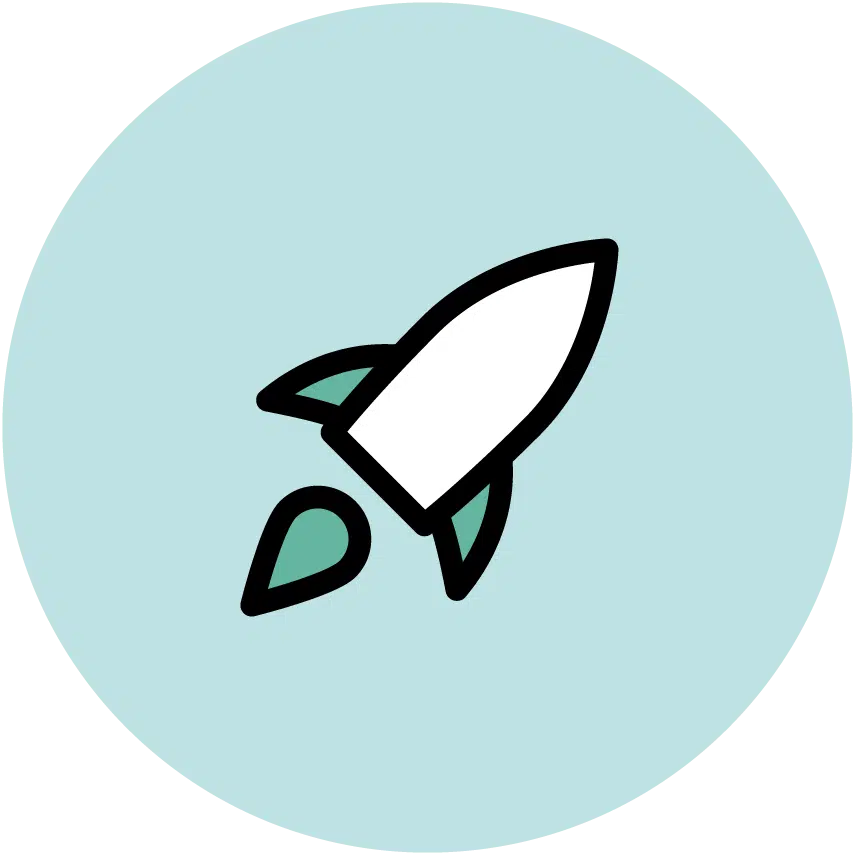
For instance, using Discovered’s AI integration can help you to write a more effective job description in less time — complete with full, accurate details, compelling language, and SEO-optimized content that’ll help you bring in top job seekers.
Plus, the AI integration lets you create a variety of other recruitment and onboarding text, including effective job ads, candidate scorecards, interview questions, and much more. The AI makes it easy to create all the custom emails and messages you need. Ultimately, that makes it so much faster to get your ATS fully set up and working for all the roles you need to hire for.
ATS Market Growth
The ATS market is set to grow dramatically over the next few years, meaning that more and more companies will be using ATS systems to hire faster and better. If your company isn’t yet using an ATS for recruitment, you’ll want to get started as quickly as possible, so you don’t end up losing top talent to better-organized companies.
What To Know When Selecting An Applicant Tracking System
When you’re evaluating Applicant Tracking Systems, it’s important to make sure the one you’ve chosen covers all your functional requirements. You also need to know:
-
What the ATS is going to cost your company: Check the pricing page or inquire about pricing.
-
Whether the ATS is well-established and reliable: Check out customer reviews before purchasing.
-
How the ATS will integrate with other systems: Ideally, you want an ATS that incorporates other tools you use, like Discovered’s Performance Hiring Software does.
-
What support you’ll have available: Discovered has a full knowledge base that lets you know exactly how to use all the features of the software. Plus, the software itself incorporates Power Interview Guides, letting you instantly access 30+ years of interview expertise.
Want to find out more about how an ATS could revolutionize your hiring process and help you build a company packed with highly motivated, talented employees?
Book a demo today and we’ll be delighted to show you how it all works. We’ll even get you set up with a (no-obligation) free trial.
